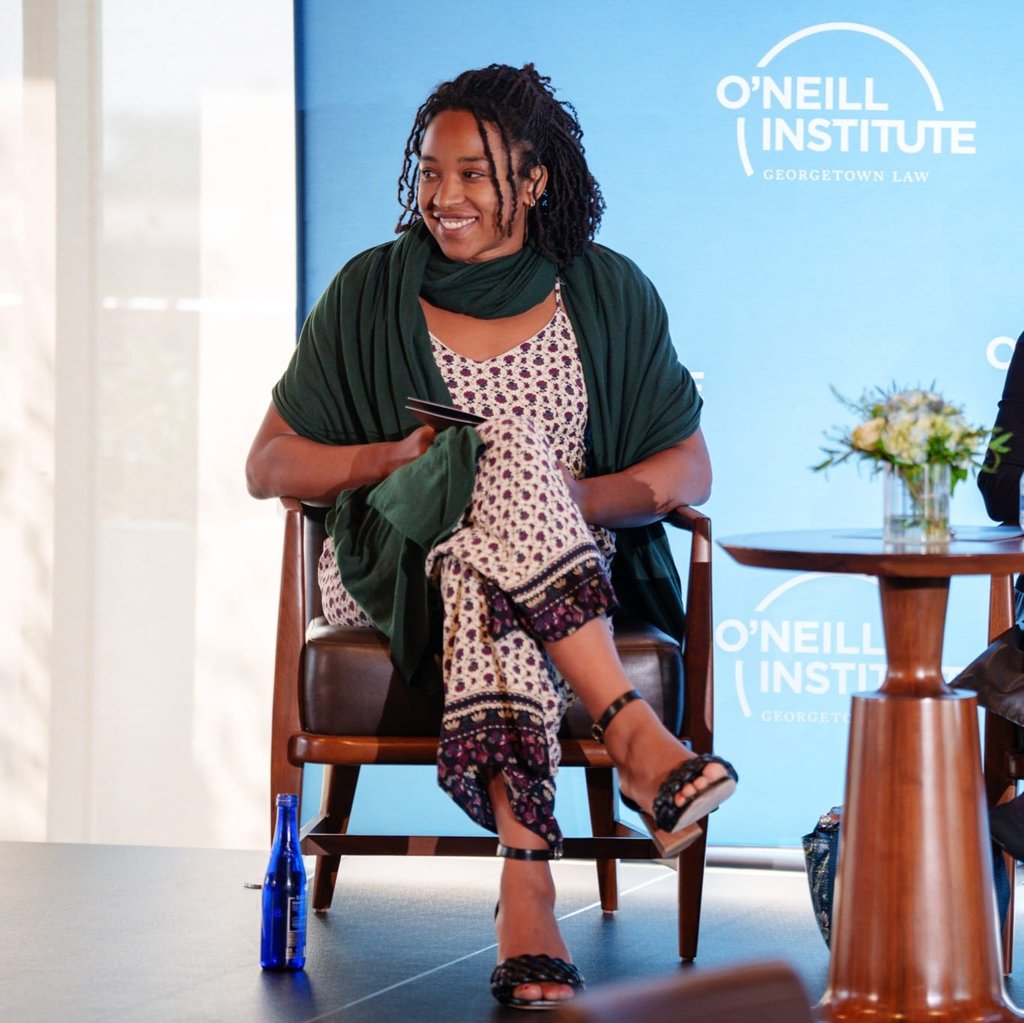Dr. Sage Cammers-Goodwin | University of Twente | Technology Policy and Science Department
Technology is a lens through which we see the world and, thus also, a lens through which we see ourselves. Technology becomes both what we design and how we design. We “know” the temperature because a sensor told us so; we “know” our health is improving due to a proprietary algorithm deciphering a month’s worth of sleep data off a smart watch. As technology weaves strongly into the fabric of daily life, it becomes challenging to decipher its influence.
As certain technologies (ex: phones, computers, social media) become synonymous with the products of a few companies, it can seem that these current options (or lenses) were inevitable when they were deliberately constructed and designed with values both unrelated and antithetical to those of the end user (such as enriching shareholders by limiting competition.)
The same technologies used to expand imaginative and creative capabilities have built-in limiting effects due to their chosen design. Alan Kay, a pioneer in object-oriented programming and graphical user interfaces, has spoken publicly about how operating systems could have been built completely differently and better than those currently in use.
This logic applies to every device.
The projects in this year’s 4TU.Design United Digital Future program demonstrate the challenges of designing for a future that has been predesigned to be reliant upon artificial intelligence including Large Language Models (LLMs) and other generative models that make new content. This AI techno-determinism buys into the campaign funded by the world's wealthiest tech companies that have invested $155 Billion on AI this year alone.
Merlett, The Struggling Creature humanizes ventilation infrastructure, bringing to light an obvious irony as digital infrastructure has encouraged the dehumanization of the human “other,” whether they be a drone target or an opposing online commenter. Will the future technology built to serve us have greater worth than our fellow humans? The conditions under which cobalt is mined in the Congo for most digital devices suggests that this is already the case.
OOO (Out of Office) hurdles us into an already present future where work performance is defined by quantifiable metrics that follow one home. Using absurdist remote working tools, we reflect on the extent to which we have become cogs in a machine of our own making. Meanwhile, Teach Me to See Through Your Eyes paradoxically addresses human disconnection through the medium of an AI model. Instructing users on the true nature of their values, the machine becomes the mirror for the human to better see themselves and the other.
N̴OIO̷B̴V̷K̷̤̞̘͎̣͂͆͗̑͆̇ҜA̴C, Studio Uncertainty, and From-Text-to-Clay all play with the gaps in our current AI models. OpenAI recently published a paper admitting that hallucinations are inherent part of Generative AI and that they cannot be coded away, instead uncertainty has to be recognized and used to prevent the model from responding. These projects use inconsistencies between AI and the real world as a source of design inspiration.
Generative AI as a Playful yet Offensive Tourist evokes a similar sense of play, trying to build empowerment and imagination from Generative AI in the city context. Given that current generative models are trained on existing data, the question remains as to whether designers will feel bound to use AI systems to stay “ahead” even when the platform itself may limit the bounds of their creativity.
Imitation Learning for Industrial Design Engineering Student Prototyping lends a literal hand to Industrial Design students trying to use AI in their projects. The system conveys an urgency for the education of AI systems, the inevitability that AI mastery will be essential, and also shows the simplification of more challenging processes that comes with AI development – with imitation learning one can train a robot to learn by observing and mimicking human actions without deep technical mastery.
Finally, Trails Beyond Aisles designs for those with disabilities, who are often left as a checkbox for accessibility compliance. Using technological advancements such as digital product reviews and individualization of the shopping process, store customers can receive relevant information beyond the visual. When many future narratives are constructed and pushed by tech conglomerates, this serves as a reminder that we can still dream of a diverse and accessible future that aims to meet the needs of all.

